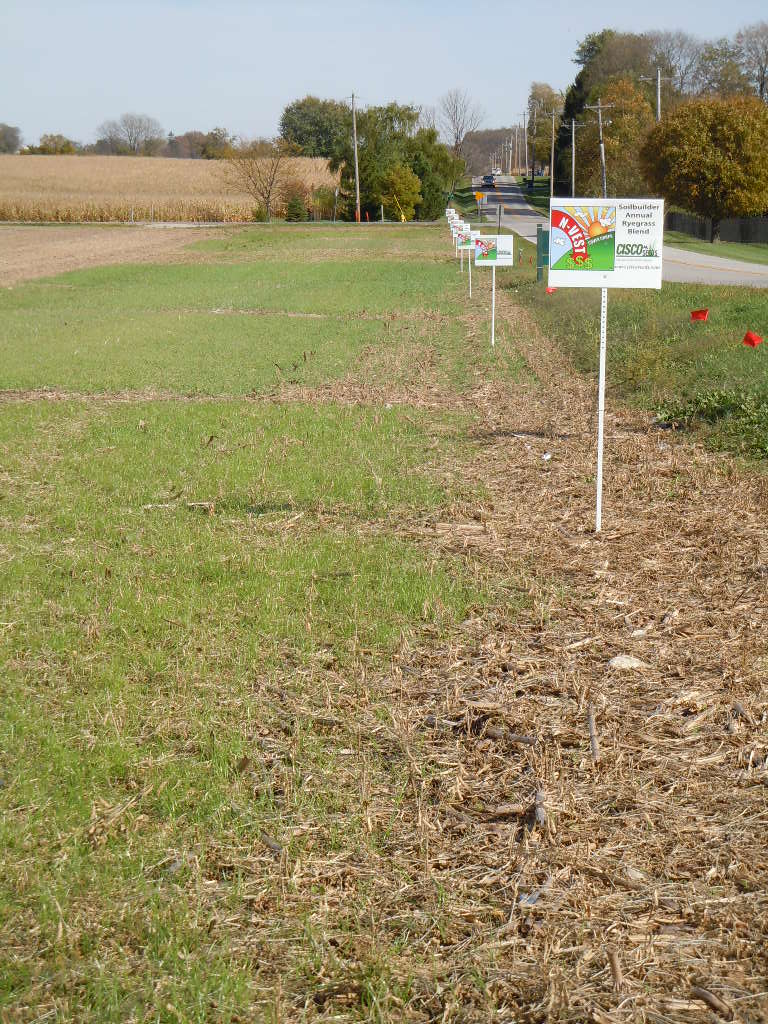Cover Crop Field Day Set at Robison Farms
CISCO Seeds, Robison Farms, and Dougherty Fertilizer are sponsoring a Cover Crop Field Day and Root Dig at the Greenwood, Indiana farm. If you’ve not had an opportunity to see cover crops in a real life farm setting, this will be a great meeting for you . There will be multiple species available to look […]
Cover Crop Field Day Set at Robison Farms Read More »
